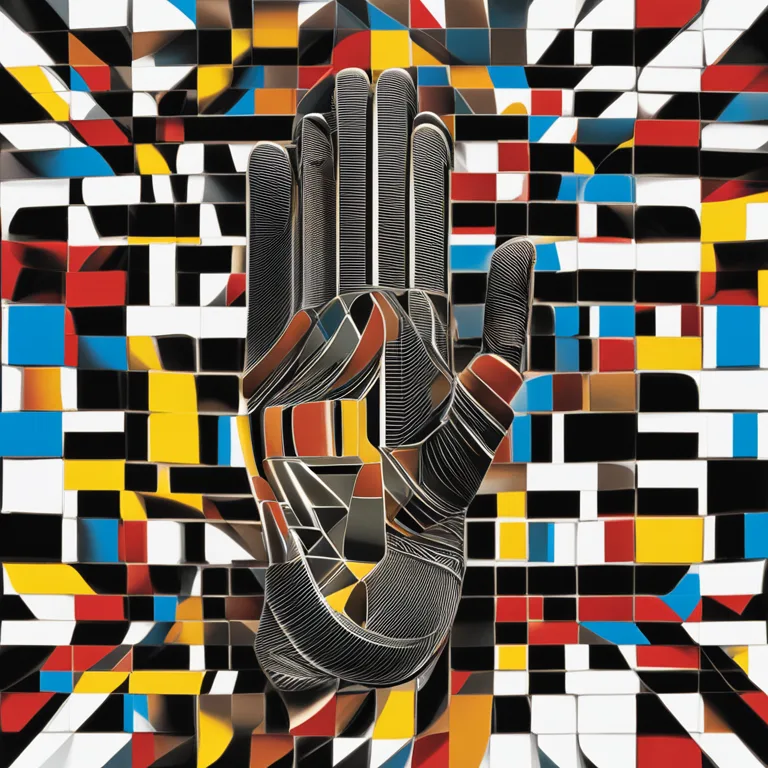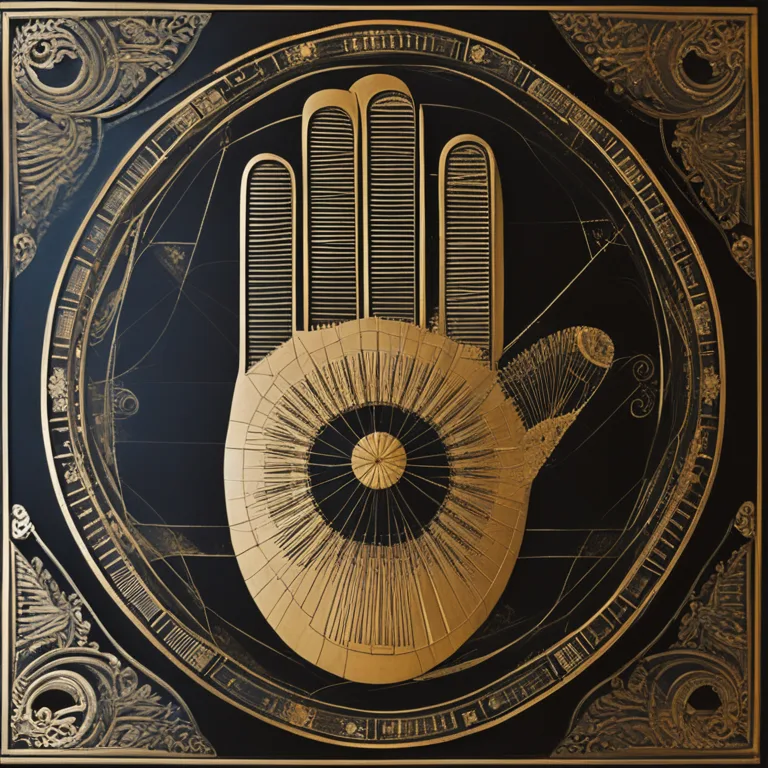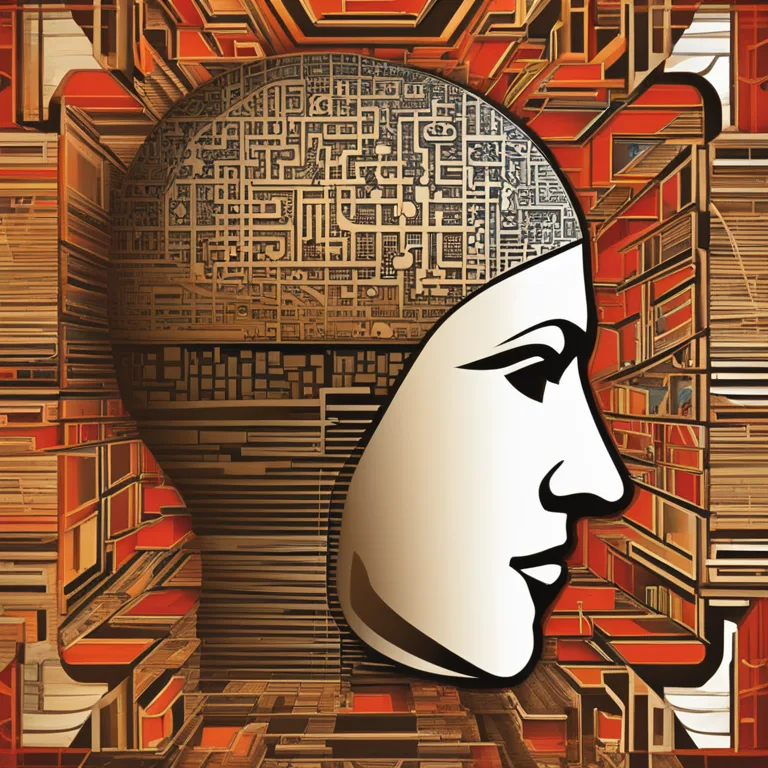
The Secrets of Palmistry: Estimating Lifespan
Discover how palmistry enthusiasts interpret lines on the hand to estimate the journey of life, including its potential length.
article by Nora Pennington
Introduction to Palmistry and Lifespan
Palmistry, also known as chiromancy, has been a source of fascination for centuries. Its origins trace back to various ancient cultures, such as Indian, Chinese, and Egyptian, where seers believed that the human hand held crucial life information. One of the most intriguing aspects of palmistry is the belief that one's lifespan can be indicated via the lines on the palm. However, in modern practice, many palmists view this as more of an art than a precise science. They interpret the lines while considering multiple factors beyond mere predictions of longevity.

The Heart Line and Emotional Vitality
Central to palm readers' analyses is the heart line, believed to represent emotional stability and heart health. Traditionally, a long and clear heart line is seen as an indicator of a robust emotional life and potentially a longer life filled with strong personal connections. However, it's important to understand that palmists in 2024 and beyond often advise caution, suggesting that such indicators should be seen in the wider context of an individual's lifestyle and choices rather than definitive proof of life expectancy.

The Life Line and Vital Energy
The life line, perhaps the most well-known of palm lines, starts between the thumb and the index finger and wraps around the base of the thumb towards the wrist. Conventionally, a deep and unbroken life line is associated with vitality and longevity. However, modern interpretations focus less on length and more on the quality and depth of this line. Instead of strictly forecasting lifespan, contemporary palmistry places more emphasis on the potential for a life full of energy and healthful periods.

The Head Line and Intellectual Prowess
Though not directly related to longevity, the head line, which runs across the palm, is often considered by palmists for comprehensive readings. A strong and pronounced head line can indicate mental agility and a life enriched by intellectual pursuits, which can contribute to overall well-being and, by extension, possibly affect life span. Despite this, professionals in the field of palmistry today remind enthusiasts that the mental and emotional states are just as critical to consider in discussions of longevity.

Other Factors and Modern Palmistry
Modern palmistry integrates traditional interpretations with a broader understanding of human health and psychology. Factors such as genetics, environment, personal habits, and even medical advances are acknowledged as significantly influencing an individual's life trajectory. Thus, palmistry is increasingly used as a tool for reflection and personal insight rather than a definitive method for predicting lifespan.
Conclusion: The Value of Palmistry Insights
While curiosity about life's length is natural, palmistry offers more value through its reflective insights than as a crystal ball for longevity. Those seeking to understand their life through the lines on their hand should consider this practice as a means to foster self-awareness. It can inspire to pursue a healthier lifestyle, embrace emotional growth, and appreciate life's journey with all its intricacies, rather than merely trying to count the days allotted to us.
Published: 1/3/2024
Modified: 1/3/2024
More predictions
Come back here soon to learn more about yourself and your future


The Intersections of Palmistry & Psychology
Examine palmistry's role and presence within the field of modern psychology.


The Palmistry Health Line: Insights on Vitality
Discover the significance of the health line in palmistry and how it reflects your vitality and well-being.


The Palmistry Guide: Your Hand's Roadmap to Life
Discover the fascinating world of palmistry and learn to read the hidden map etched in your hands with our in-depth guide to palm lines and their meanings.